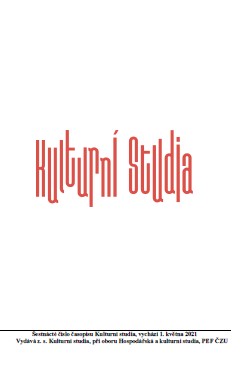The Xinjiang Uyghur Autonomous Region as an example of separatism in China
The Xinjiang Uyghur Autonomous Region as an example of separatism in China
Author(s): Dru C. GladneySubject(s): Regional Geography, Civil Society, Studies in violence and power, Inter-Ethnic Relations, Ethnic Minorities Studies, Politics and Identity
Published by: Kulturní studia
Keywords: Xinjiang Uyghur Autonomous Region; China; Uyghur; secessionism;
Summary/Abstract: In this paper, I will argue that the continuing incidents of violence that have occurred in the region known as the Uyghur Autonomous Region of Xinjiang, or Eastern Turkestan, are best understood as incidents of civil unrest in the public sphere, and rarely can be described as “secessionism” (fenliezhuyi) in the traditional sense of the term (which I take to mean coordinated acts of violence against the government and civilian populations for the purpose of establishing an independent state). The struggles of the Uyghur people with the Chinese nation-state that have taken place since its incorporation in 1949 are best understood in the context of efforts to attain sovereignty, not as a religious or Islam-inspired campaign. Except for the fact that the Uyghur are a Muslim people, their concerns and issues resemble that of Tibet, and the occasional violence that takes place in the Tibetan Autonomous Region in China and protests against Chinese rule, are rarely if ever described as “terrorist,” though they are often lumped together with the Uyghur incidents as “secessionist” (fenliezhuyi). At the same time, in this paper an attempt will be made to show that the region of Xinjiang, which had been extremely peaceful since the late 1990s, but then erupted in the last few years, has been caught up in an economic boom that would be the envy of any of its surrounding Central Asian states. Indeed, China should be congratulated for the enormous economic and social transformation of the region over the past two decades, but at the same time should be encouraged to find ways to preserve and promote the vibrant and extraordinary Central Asian civilization that Uyghur culture represents.
Journal: Kulturní studia
- Issue Year: 16/2021
- Issue No: 1
- Page Range: 85-104
- Page Count: 20
- Language: English

